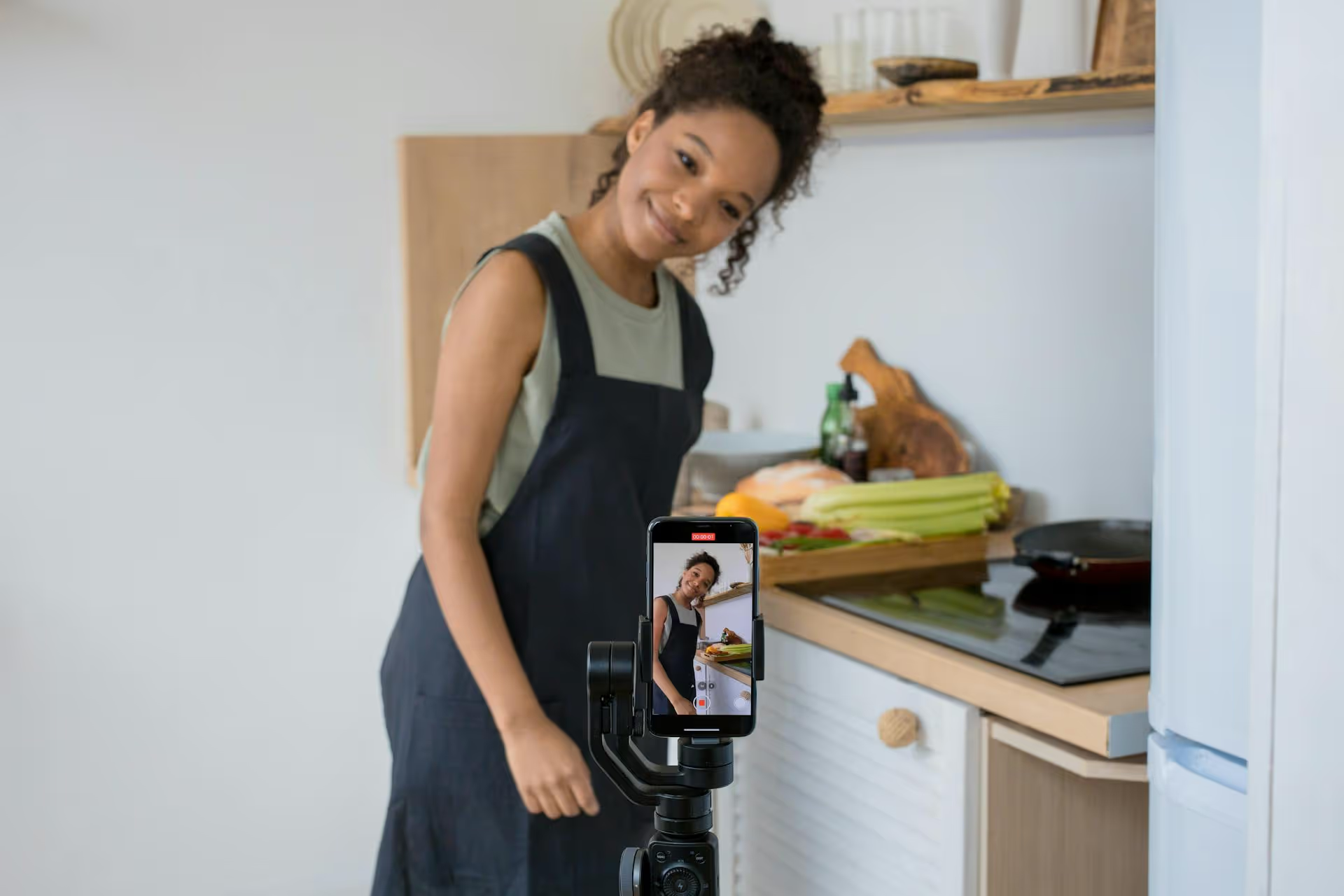How to Add Social Media Icons to an Email Signature
Enhance your email signature by adding social media icons. Discover step-by-step instructions to turn every email into a powerful marketing tool.

Pinpointing the exact dollar value of your artificial intelligence tools on social media can feel like trying to catch smoke. You know there's value - you're saving time, your content feels sharper - but proving it with hard numbers is another story. This guide gives you a practical framework for moving beyond gut feelings to actually measure the return on your AI investment. We’ll show you exactly how to calculate the cost savings and revenue gains AI is bringing to your social media strategy.
Before you can measure anything, you need to decide what’s worth measuring. ROI isn't a one-size-fits-all metric. For some, it’s pure profit. For others, it's about efficiency and redirecting resources to more strategic work. A solid AI ROI evaluation looks at both the hard numbers (money saved, money made) and the strategic business impact (soft metrics).
These are the straightforward, quantifiable returns directly tied to your budget. They are the easiest to track and are what your finance department will want to see.
These metrics are harder to assign a direct dollar value to, but they represent significant business wins that contribute to long-term growth and brand health. They provide the "why" behind the financial numbers.
Now, let's turn these concepts into a repeatable process. Follow these steps to build a clear, data-backed picture of what your AI tools are actually doing for you.
You can't measure improvement if you don't know your starting point. Before you fully integrate AI into your workflow (or by looking at historical data), you need to record your "before" metrics. This benchmark is what you'll compare your AI-powered results against.
Your baseline should include:
The "I" in ROI is your total investment. This is more than just the monthly subscription fee for your AI tools. Be sure to include:
Example Cost Calculation:
AI Writing Tool: $50/month
AI Image Tool: $30/month
Team Training (4 people x 2 hours x $40/hour): $320
Total Investment (First Month): $80 + $320 = $400
This is where you measure your "after" metrics and translate them into financial value. Reference the baseline you established in Step 1.
This is your most reliable gain to calculate. Have your team track the time they spend on tasks now that they’re using AI. Compare this to your baseline.
Let's say your social media manager spent 10 hours a week on content creation pre-AI. Now, with AI assistance, it only takes them 4 hours.
Now, convert that time into money. If your 'fully-loaded' hourly cost for that employee (salary + benefits) is $40/hour:
Financial Value of Time Saved = 24 hours/month * $40/hour = $960 per month
Attributing direct revenue can be trickier, but it’s entirely possible with proper tracking.
Example Revenue Gain Calculation:
You run an AI-powered campaign that generated $5,000 in sales (tracked via UTM links). Your previous, human-only baseline campaigns averaged $3,500.
Revenue Gain = $5,000 (AI Campaign) - $3,500 (Baseline) = $1,500
Now you have the two pieces you need: the total investment and the financial gain. The standard formula for ROI is simple:
ROI (%) = [ (Financial Gain - Cost of Investment) / Cost of Investment ] * 100
Let's use our numbers from the previous steps:
ROI = [ ($2460 - $400) / $400 ] * 100
ROI = [ $2060 / $400 ] * 100
ROI = 5.15 * 100 = 515%
In this scenario, your AI investment yielded a 515% return. Now, combine this with your soft metrics for a complete picture: "In the first month, our social media AI tools delivered a 515% ROI, decreased content creation time by 60%, and improved our average comment response time from 4 hours to 1 hour."
Suddenly, that abstract investment has become a powerful, data-backed success story.
AI ROI isn't something you calculate once and then forget. It’s an ongoing process. Create a simple spreadsheet or dashboard to track these metrics monthly. This continuous monitoring allows you to see trends, justify continued investment, and identify which AI tools are providing the most value so you can double down on what works.
Measuring the impact of AI on your social media is entirely achievable when you break it down into a disciplined process. By establishing a clear baseline, meticulously tracking costs and gains, and applying a simple formula, you can confidently prove the value of your tech stack and make smarter decisions for your brand's growth.
Calculating ROI depends on having clean, accessible data from the very start. At Postbase, we built our platform to give you a clear view of your social media performance across all channels. Our straightforward analytics dashboard provides a reliable baseline for metrics like engagement and reach, making it simpler for you to see the "before" and "after" picture as you integrate new strategies like AI.
Enhance your email signature by adding social media icons. Discover step-by-step instructions to turn every email into a powerful marketing tool.
Learn how to add your Etsy link to Pinterest and drive traffic to your shop. Discover strategies to create converting pins and turn browsers into customers.
Grant access to your Facebook Business Manager securely. Follow our step-by-step guide to add users and assign permissions without sharing your password.
Record clear audio for Instagram Reels with this guide. Learn actionable steps to create professional-sounding audio, using just your phone or upgraded gear.
Add translations to Instagram posts and connect globally. Learn manual techniques and discover Instagram's automatic translation features in this guide.
Optimize your Facebook Business Page for growth and sales with strategic tweaks. Learn to engage your community, create captivating content, and refine strategies.
Wrestling with social media? It doesn’t have to be this hard. Plan your content, schedule posts, respond to comments, and analyze performance — all in one simple, easy-to-use tool.